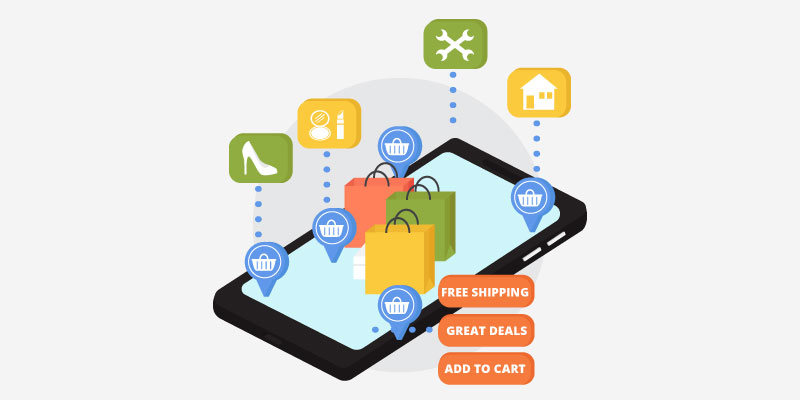How to Make Print Marketing Materials Pop for Your Small Business

Featured Image: iStock/BRO Vector
Print marketing is one of the most effective strategy your business can use for brand recognition, customer loyalty, and growth in sales. Print marketing appeals to people and is more compelling and engaging than digital marketing.
Creative thinking is necessary when creating marketing materials that stand out, set you apart from your competitors, and deliver better results. Your business can improve its credibility and reach more potential customers with a well-designed marketing collection.
Which print marketing materials should small businesses use? There are many to choose like brochures are the most popular ones. What are their benefits, and how to make your print marketing so persuasive that your audience can’t ignore it? Let’s discuss all of that in today’s blog. So without further ado, let’s get started.
What Are Marketing Materials?
Your marketing materials provide a means of raising awareness and promoting or selling your products or services. An effective marketing plan includes more than just advertising. The marketing process includes your day-to-day operations and your relationships with your customers.
According to the Small Business Administration, the marketing process includes the following major components:
- Advertising
- Engagement in the community
- Providing customer support
- A distribution system
- Market research
- Planned media
- Pricing of products
- Public relations
- Strategy for sales
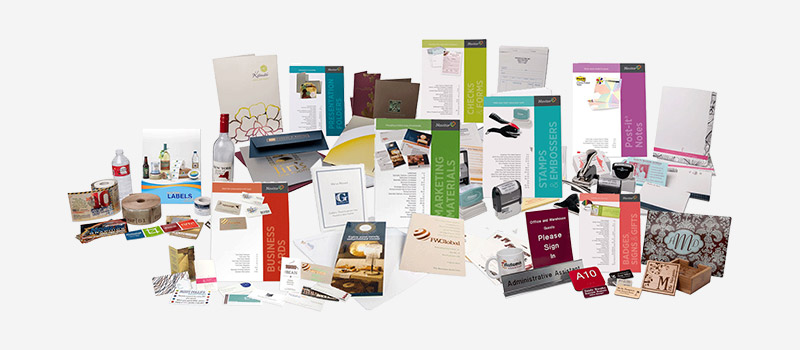
Image Source: rascommunications.com
What Are The Benefits of Printed Marketing Materials for Small Businesses?
Even though it might feel as if we live in a digital age, there are many opportunities to reach out to your ideal customers on the ground. Marketing material such as printed envelopes for your company introduces your company and its products or services to your target audience.
You can also increase your visibility in the community and stay top of mind with your existing clients. Never miss an opportunity to thank your customers, suppliers, and anyone else who has supported your work or the development of the community.
A print marketing campaign is one of your business’s most powerful tools to increase brand recognition, customer retention, and sales.
In contrast to digital marketing efforts, print marketing cannot be blocked or deleted like digital marketing. People enjoy and trust something tangible.
Creative thinking is essential to create marketing materials that stand out, set you apart from your competitors, and deliver superior results. The good news is that there are some proven ways to take advantage of your print advertising and create materials your audience will not be able to ignore.
How to Make Your Print Marketing Materials Standout?
Print marketing materials can be created in various ways to catch your audience’s attention.
1. Identify Your Target Audience
First and foremost, you need to figure out who your audience is. Print marketing will be more effective if you target the right audience. Your printed advertisements will be more effective if you determine your target audience before choosing images, copy, and other materials.
What is your current audience? Your target audience can be determined by understanding who your customers are. Consider the characteristics of your most successful customers. Is your business geared towards families with young children or middle-aged professionals? Do they recently become homeowners?
For example, if your audience consists of professionals, using industry-specific jargon and a formal tone may be more appropriate. On the other hand, if your audience is younger and more casual, you can adopt a conversational and relatable tone. Such as healthcare is a serious industry, so your tone must be serious and to the point.

Image Source: ZillionDesigns
You can incorporate clean lines, simple layouts, and contemporary imagery if your audience is drawn to minimalistic and modern designs. If your audience prefers a more traditional or nostalgic aesthetic, you can use classic design elements and vintage imagery.
2. Choosing The Right Images
A print marketing campaign consists of images visually representing your company’s products, services, story, and overall brand. An effective print advertisement evokes strong emotional feelings, which makes someone take the time to read it.
Choosing images for your company’s marketing materials needs to be impactful, and you must understand your target audience and the message you wish to convey. The following questions can be used to determine your marketing message once you have determined who your target audience is:
- What is the goal of your marketing message? Are there any feelings you would like to evoke in the minds of your potential customers? Images can convey various messages and emotions, so make sure to include images that communicate the goal of your marketing message.
- What makes your brand unique? Is your company promoting relaxation and luxury products, or are you selling useful, time-saving products? It is essential to use images to communicate your brand’s message. Your imagery should convey to your audience the characteristics that make your company unique.
After narrowing down your target audience and the message or feeling you wish to convey, creating and selecting the most appropriate images becomes the next step. Even though images capture your viewer’s attention, be careful not to use too many images.
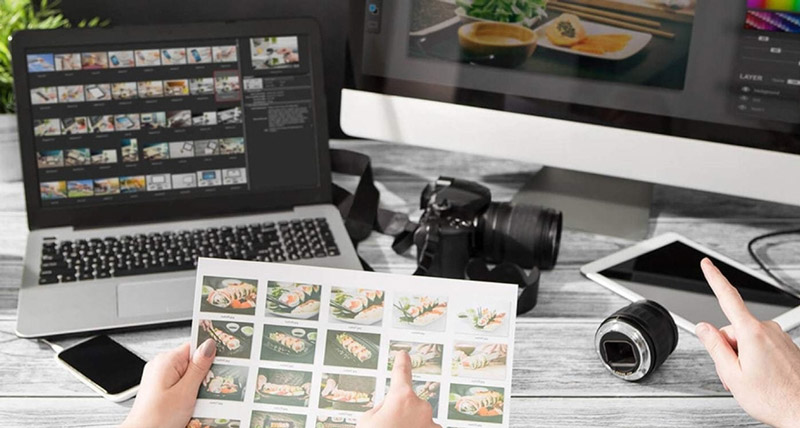
Image Source: bynder.com
Fuzzy or unprofessional images will convey that your company needs to pay more attention to the details. Use images that are high-resolution and crisp as much as possible. The resolution of an image should be at least 300 dpi to print effectively. To ensure and maintain the best quality, speak with a professional or use a stock image database.
The best response comes from others, specifically those with whom one can relate. Consider representing a diverse audience that is relevant to your target audience. Doing this can achieve a degree of likeness in your images. You should also use pictures of people who illustrate how your brand wants its customers to feel when engaging with it.
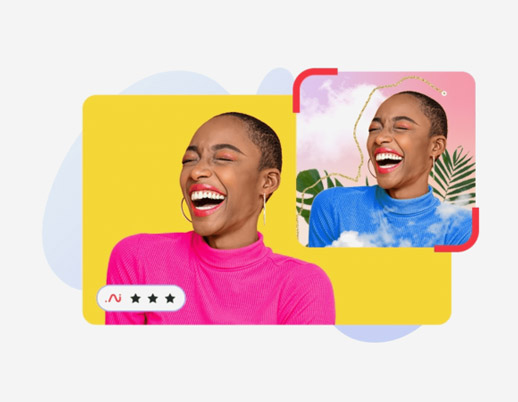
Image Source: stockphotosecrets.com
3. Write a Compelling Copy
A carefully crafted copy can transform your regular products into those your audience feels compelled to purchase as soon as possible. Ensure that your copy explains what makes your brand unique and how your products or services are superior to your competitors.
4. Maintain Consistent Language
Using consistent language in your marketing is important because it creates trustworthiness and promotes brand recognition. Business cards, brochures, and posters must all have the same logo, and the same language must be used.
You can take the example of Coca-Cola. Their print marketing has consistently used language that evokes happiness, togetherness, and refreshment. Whether through their iconic “Open Happiness” slogan or phrases like “Taste the Feeling,” Coca-Cola creates a consistent language that resonates with consumers.
5. Make your Headlines Powerful
Good headlines capture readers’ attention and encourage them to read further. Print materials with lots of pages, such as catalogs, booklets, and brochures, must have subheadings to help your audience navigate the material.
Here are a few examples of famous brands that use such headlines:
- L’Oréal: “Because You’re Worth It.”
L’Oréal’s headline emphasizes self-worth and personal indulgence, appealing to customers’ desire for luxury and self-care.
- McDonald’s: “I’m Lovin’ It.”
This catchy and memorable headline from McDonald’s highlights the brand’s focus on delivering enjoyable experiences and customer satisfaction.
- Apple: “Think Different.”
Apple’s headline encapsulates its innovative and disruptive technological approach, encouraging customers to challenge the status quo.
Image Source: pinterest.com/
6. Make the CTA as Strong as Possible
Using a call to action, or CTA, is a way to promote immediate action on your marketing message and encourage your audience to take action on it. Offers that are irresistible or compelling text that grabs your audience’s attention are examples of this.
Such as you can say:
- Buy Now
- Get 50% off when you visit our store within the next 30 days.
- Call now to book your free consultation.
- Call Now for More Information
- Get Yours Today
These are just a few examples. You can think of anything innovative that aligns with your business and service deals.
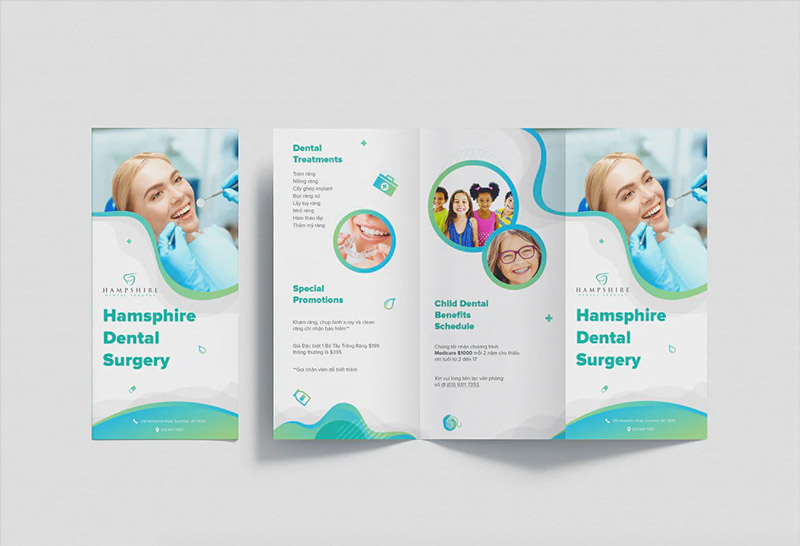
Image Source: kreafolk.com
7. Font Selection
A font or typeface can have a significant impact on your marketing efforts. There are thousands of fonts and typefaces available for use. Choosing the right style font for your message should always be your priority. It has been proven that Times New Roman, Helvetica, and Arial attract and maintain customers’ attention. These fonts help you balance class and elegance with their appearance without detracting from them.
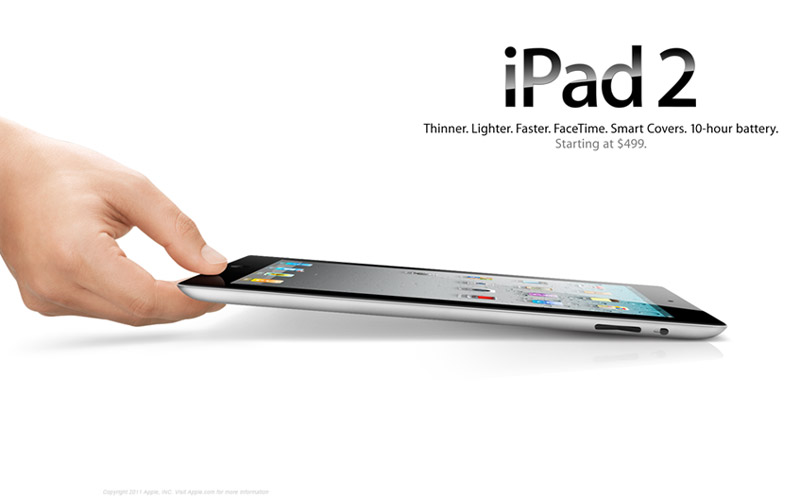
Image Source: onelinestudio.co.uk
Many great companies like Apple, New York Times, and Microsoft use these fonts in their marketing materials, and people seem to like them.
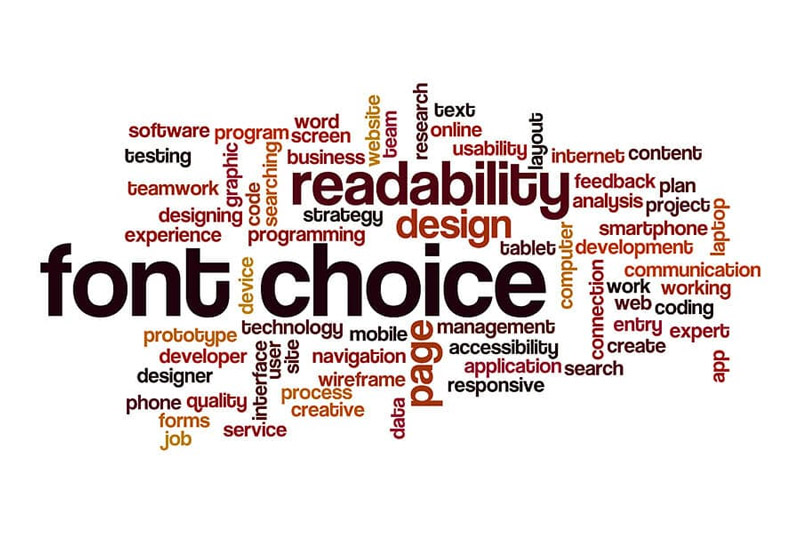
Image Source: valtim.com
8. Let Your Colors Shine
Colors have different meanings and evoke different emotions. You should choose the font colors by the overall tone of your advertising campaign and your brand’s identity. For materials with little text, colorful fonts can provide a striking visual contrast; for catalogs and newsletters, colors are often confined to the headlines, leaving the body of the copy monochromatic.
Most printed materials use CMYK combinations (cyan, magenta, yellow, and key). A full-color print can produce a variety of color schemes through the combination of these inks.
The font color you choose should also consider the printed design background color. Also understand color psychology as well. Color psychology is the study of how colors influence consumers’ perceptions of a brand and whether or not they are persuaded to buy or consider specific brands.
9. Use a Good Printing Material
The texture of your print marketing campaign will affect how your audience responds to your print advertising, from the paper weight you choose to the coating you choose.
Thick paper is ideal for postcards, business cards, and catalog covers, as it is durable and communicates importance. In contrast, the thinner paper works well for brochures, so your customers can easily unfold them, read them, and stack them away.
10. Add a Cut To Your Printed Materials
There is no limit to the shapes used in marketing materials. Make the piece fit your logo or other branding elements by reshaping it. When you design business cards to resemble guitar picks, recipients are more likely to identify the business as a guitar shop, and round business cards are more likely to stand out at conferences.
It is possible to add multiple curves to folders or brochures, change the shape of pockets, or create a customized window shape. This window type adds a unique design element and encourages recipients to peek inside by showing a glimpse of the contents. Die cuts can outline or accentuate crucial design elements, such as a business logo or a product showcased.
To make them more engaging, Volkswagen has incorporated die-cutting techniques in its print advertisements, such as magazine inserts or brochures. These cuts often reveal hidden content or highlight specific features of their vehicles.
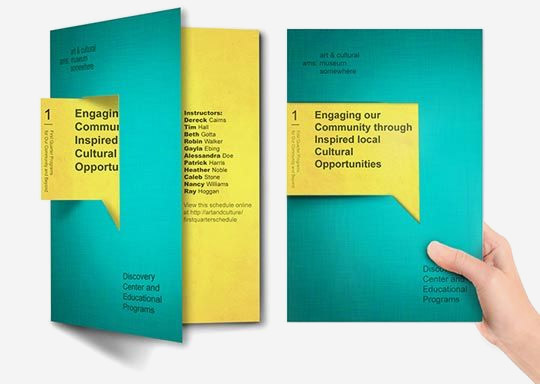
Image Source: anderbergprint.com
11. Give Your Marketing Materials a Coating
It can be the cherry on top of your sundae to incorporate a stock coating into your design. Additionally, it enhances specific design elements by adding a unique texture and shine to print marketing materials. Additionally, coatings give the impression that you are using only the finest materials, which can increase customer trust.
Here are a few coatings you can add to your print marketing designs.
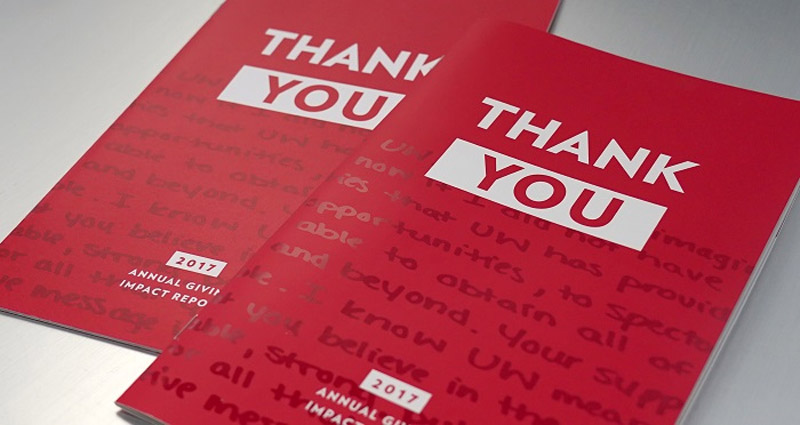
Image Source: suttle-straus.com
- Spot-UV coatings enhance specific colors or add their element to stock. With a soft-touch coating, recipients experience a smooth, suede-like feel, enhancing their opinion of your product. Adobe, Gucci, and Louis Vuitton are famous companies that use Spot-UV coating in their marketing materials.
- Matte coatings provide a more subtle look and protect your design without appearing shiny or reflective. Apple, Audi, and Tiffany & Co use this coating.Printed materials with a matte or satin coating have a smooth, timeless feel, whereas items with a gloss coating have a more contemporary appearance that catches the eye. Highlighting specific images and text with a spot coating is possible.
- Gloss painting makes your material shine more in reflected light Coca-cola, Samsung, and Toyota use this coating.
13. Add a Little Depth
Have you ever been drawn to a design that you just want to hold in your hand? Adding 3D to any element gives it a new layer of depth, be it fonts, graphics, or anything else. Adding complexity to a simple piece makes it more interesting. You can use 3D design sparingly and balance with 2D counterparts to prevent weighing your design.
As a leading furniture and home accessories brand, IKEA often uses 3D design and depth effects in its print marketing materials. This allows them to showcase their products in realistic settings. It also gives customers a better understanding of how the furniture would look in their homes.
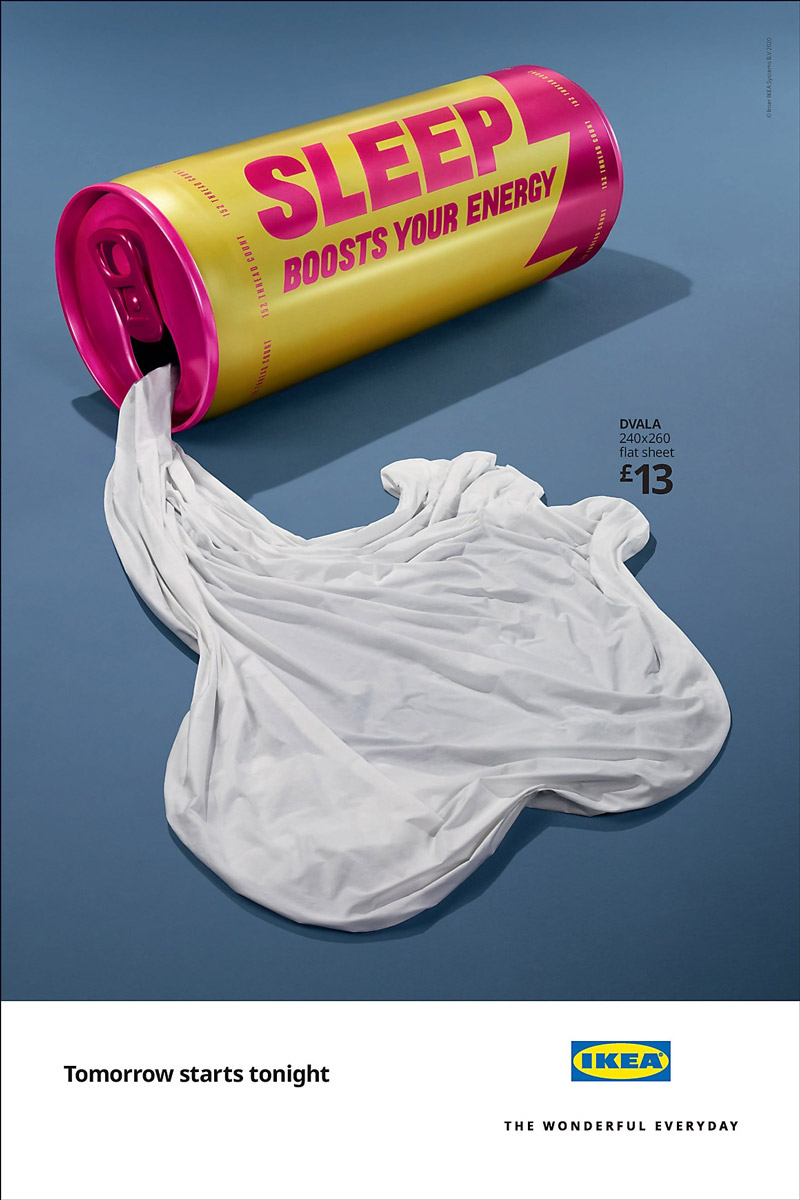
Image Source: commarts.com
13. Test and Measure
You should test your print materials on a small scale before producing a large quantity. Consult with colleagues, friends, or members of your target audience for feedback. Assess the response to your materials and evaluate their effectiveness to inform future improvements.
What are Some Essential Print marketing materials for small businesses?
Now that you understand how to make your printing material outstanding and engaging for your audience let’s look at some examples of printing materials. All of these materials can be made print to order if you partner with the right POD company.
Business cards
Even though we often interact online, business cards are still integral to the professional world regardless of the industry or niche. This paper contains all your contact information in a convenient and easy-to-carry format.
The letterhead
Email is not the only method of correspondence. Send a letter on your customized letterhead to make a lasting impression. Find out what to include in your design and the benefits of custom letterheads.
Envelopes
Don’t forget to slip that personalized letter into a custom envelope after you have written the letter on the company’s letterhead.
Customer comment cards
Listening to your customers’ suggestions is a great way to demonstrate how much you value them. Make your brand more visible and more memorable by adding a logo. Discover why comment cards are important and how you can utilize them.
Appointment cards
The number of appointments we have to keep track of is very large, ranging from dental cleanings to haircuts. Custom appointment cards simplify the appointment process for your customers. Having your contact information on the reservation will also serve as a business card once their appointment is scheduled.
Order forms
When buyers request products or services, they submit order forms called purchase orders. In general, they are used on high-priced products and in service businesses. As part of the order form, the seller also quotes a price for the services or products to be provided. You can customize these order forms by adding your logo and branding elements.
Marketing materials For Sales and Promotion
Consider your target audience’s needs next time you present at a meeting, conference, or trade show. Utilize the following marketing materials to convey the information to them clearly and concisely.
Presentation folders
Custom presentation folders produce a lasting impression, show your attention to detail, and keep you organized. Many clients use them for various purposes, including press kits, fundraising, presentations, welcome packs, and sample kits. This educational packet can benefit from school, seminars, trade shows, and training events.
Brochures
The brochure fits everywhere, whether it is to be used on the front desk of your office or in a conference tote bag, on an expo stand, or in direct mail. Prospects can access vital company information from the comfort of their homes while reading it, and it is easy to deliver and design.
Flyers
You can use flyers for more than community message boards. You can use them for a future event to spread the word or advertise your business and the special offers you provide.
Case studies, testimonials, price lists, and product sheets
In this marketing material, you will find detailed information about solving problems, delighting your clients, and meeting the needs of your prospects. You can use a custom presentation folder to keep them organized.
Posters
A poster is one of the most effective ways to capture attention. If you plan an event or launch a new product, please consider one.
Conclusion
Mastering making your print marketing materials pop can be a game-changer for your small business. By implementing these strategies effectively, you can create eye-catching and memorable designs that grab attention, engage your audience, and leave a lasting impact.
Each element plays a crucial role in making your materials stand out, from selecting vibrant colors and using compelling imagery to incorporating unique printing techniques and experimenting with textures.
So, embrace the creative possibilities, infuse your brand’s personality, and let your print marketing materials shine with brilliance and success.

